Did you know ringneck snakes have a fair share in the exotic pet trade market? Maybe because of their stunning beauty and temperance.
That is why this article is going to discuss every tiny detail about these snakes.
If you are a beginner snake keeper, ringneck serpents are the best.
Keep reading as we discuss the most exciting facts about ringneck snakes, frequently asked questions, and how to care for them.
Before we even dive in deeper, let me give you a breakdown of the topics we are going to discuss for easy navigation or answer your question: “what snake should I get?“
These are the major topics that we are going to explain in detail for you. Keep reading!
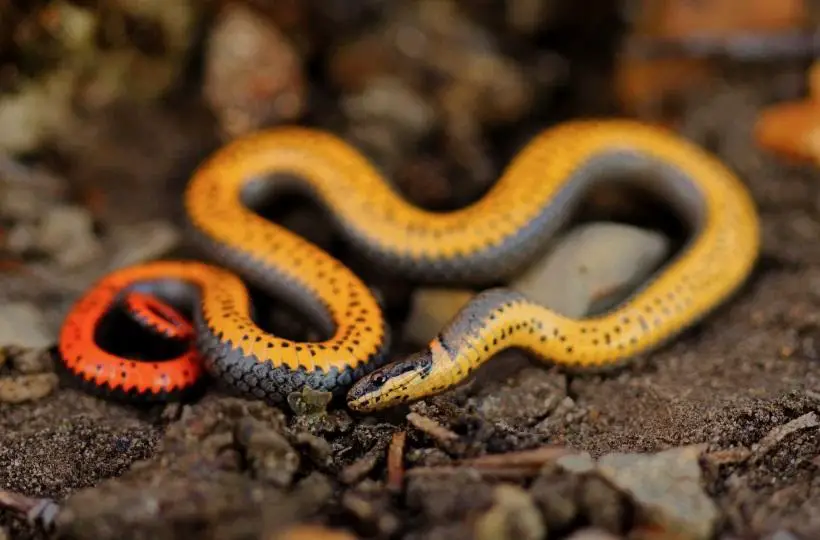
Ringnecks snakes are present throughout the United States. They are slender, beautiful snakes with a bright-colored band that are yellow, orange, or red around their necks.
They come in different colors, mainly grey, black, and dark blue. They can easily be identified by the bright yellow colored ring around their neck that extends through the belly and grades to red towards the tail.
Ringneck snakes attract most people because of their beauty. However, it is not good to capture one from the wild. Ringneck snakes barely survive in captivity, and it is, therefore, best if you buy one from a pet shop.
Now that we know how ringneck snakes look like let’s now dive into our significant topics.
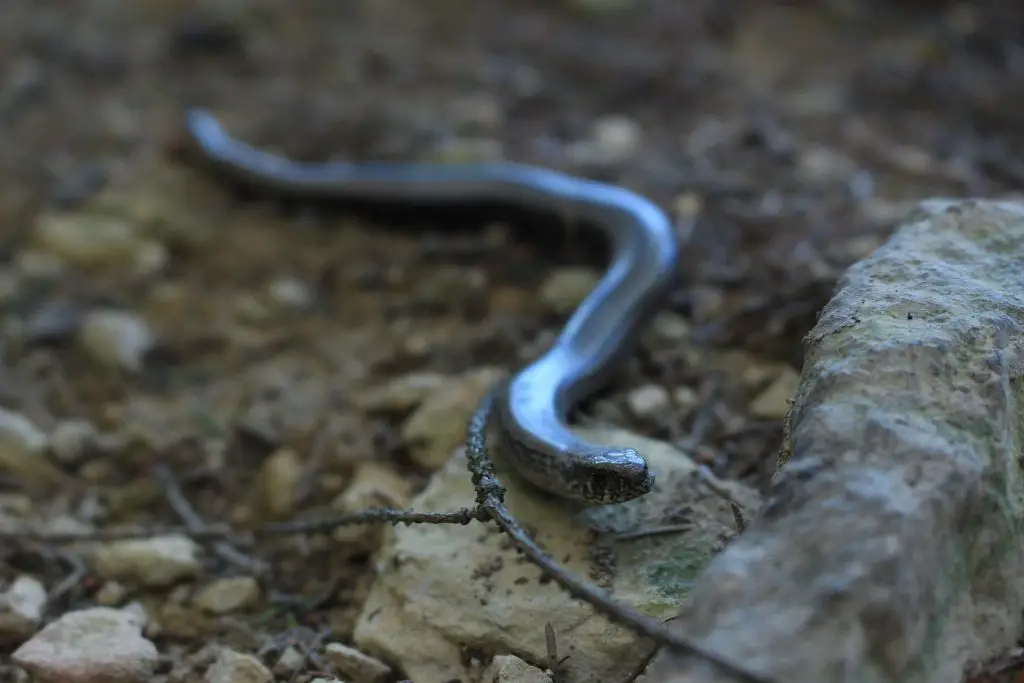
Six Hundred Species from Around the World by Mark O’Shea. This is a great book about common and uncommon pet snakes you can keep.
Last update on 2022-12-29 / Affiliate links / Images from Amazon Product Advertising API
Contents
Ringneck Snake Fun Facts
- Ringnecks lay their eggs in moist places and then leave the eggs to hatch on their own.
- They are almost 4 inches at the time of hatching, and they are usually very active at birth. They do not need their mother to feed them as they can take care of themselves at birth.
- They are anti-social when around other animals but very social among themselves. They live in a colony of between 6 to 100 ringneck snakes.
- Ringneck snakes rarely attack. They’d instead run and hide but coils their tails showing their brightly colored chin and belly to scare away the predator when threatened. The snake emits a very foul smell and will only try to bite if this doesn’t work.
- There is a large market size as snake pet keepers love them for their beautiful color and peaceful nature.
Are Ringneck Snakes Good For Beginners?
If you are a beginner snake pet keeper, this might be not a perfect snake for you. Compare to other beginner snakes such as corn snakes, ringnecks make it harder to get to eat.
Ringneck snakes only have a small amount of venom that cannot harm a human. If you are a beginner and you already get familiar with corn snakes or milk snakes, and having enough confidence in handling snakes, these snakes could make good pets for you.
Lifespan in Captive
Ringneck snakes have an average lifespan of 10 years. On some rare occasions, ringneck snakes have also recorded a lifespan of 20 years in the wilderness. Unlike ball pythons and other snakes, which record longer lifespans in captivity, ringneck snakes have a shorter life span of 6 years.
What is the maximum ringneck full-grown size?
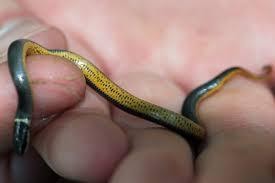
The Ringneck snake is one of the smallest pet snakes in the world. They have a thickness of a pencil and a length of 10 to 18 inches. Female ringneck snakes get more significant than their male counterparts. Their babies at the time of hatching are 4 inches long.
Their Bites
Ringneck snakes are not aggressive. They run and hide and will only try to attack when they feel cornered. Though they have mild venom, they can only affect small prey. The poison does not affect humans at all. Ringneck snake bite can only feel like a bee sting to humans.
Ringneck snakes have small fangs that can barely harm a human. They cannot widely open their mouth to bite a human. If you are a beginner snake pet keeper and get well experience in handling a snake such as corn snakes or milk snakes, ringnecks can make good pets. However, as a responsible owner, I would not recommend you to “try” keeping them because once you decided to get home one. You MUST give them good care. Otherwise please go with other more friendly snakes.
Ringneck Snake Habitat
Range habitat
Ringneck snakes have a broad geographical range in North and Eastern America. They are popular throughout the U.S. and Southern parts of Canada.
They love staying in wet, dump, and swampy areas but not in direct contact with water. It is, therefore, easy to find them in moisturized soil, under the rocks, loose bark of a tree, and in woodlands, especially near the rocks.
Habitat in captivity
Ringneck snakes love to hide, and it is, therefore, imperative to consider hiding places when making their cage. The cage should be 10 gallons and have a wire mesh at the top to prevent the snake from escaping. It should have harrowed logs and caves to present the snake with hiding places.
The cage should also have 3 inches of soil. You should spray the soil regularly to make it moist. Moist soil helps the snake to burrow and hide and hence reduces stress in captivity.
Ringneck Snake Health and Behavior
Ringneck snakes, just like other serpents, are not expressive, and it is, therefore, not easy to tell when they are sick. However, they will show some signs and symptoms that will help you determine when they are sick.
Signs and symptoms of a sick ringneck snake
Breathing through the mouth
Snakes should breathe comfortably through their nostrils. Heavy breathing and breathing through the mouth in snakes is a common signs of sickness.
Discharge
Any kind of discharge either through the nose, mouth, or eyes should be an alarming sign of sickness in your pet. You should consult your snake vet immediately if this kind of symptom presents itself.
Lethargy
Your snake should respond to sounds and movement. If your snake is just stagnant even when there is motion or sound, you should consider consulting your snake vet for diagnosis.
Lack of appetite
Snakes feed only once or twice a week. However, if your snake refuses to eat when it’s time; you should inquire from the snake vet for a proper diagnosis. If they refuse to eat for a month straight, then you should take them to the vet.
These four are the most common symptoms of sickness in serpents.
Diet
Feed ringneck snakes 2 or 3 times a week. They mostly feed on lizards, small salamanders, frogs, earthworms, slugs, and other small species of snakes.
In captivity, you can feed your snake with insects such as crickets and slugs. Most ringneck snakes prefer earthworms but depending on the native habitat of the snake, some entirely feed on red-backed salamanders.
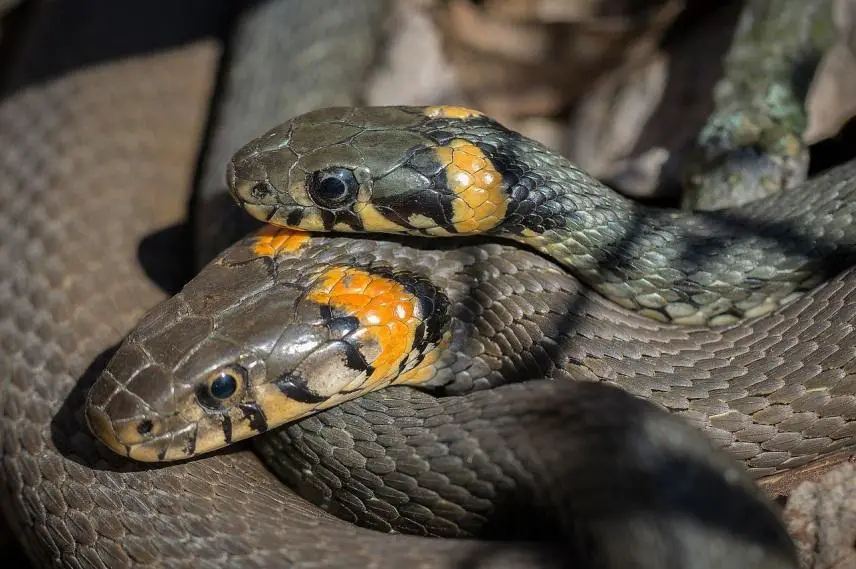
Reproduction
Ringneck snakes mate once a year usually in spring-fall. Females release pheromones to attract the male when it’s mating season. The male bites the female around the neck, and it aligns its body with the female and releases sperm.
The female lays her eggs in June or early July. Ringneck snakes can lay three to 10 eggs at once.
Several species can lay eggs in a single nest. They lay their eggs in moist locations and then leave them on their own to hatch.
At the time of hatching, ringneck snake babies are mature enough to feed on their own. They do not need their mothers to feed and protect them.
The babies will take three years to reach maturity for both sexes.
Ringneck Snakes Cost
They are not expensive. You can get a small snake at the cost of $35, the adult will cost less than a baby one. Buying one is cheap, but you must consider other expenses like a cage, license, and feeding.
Keeping ringneck snakes is allowed in many states in the United States. However, you will need a license to keep one. You can check your state’s regulations to see how much it’s going to cost you to own one.
A small snake cage will cost around $60.
Can You Train Your Snake?
You can train serpents but not like dogs or cats. Snakes learn using a routine that they can follow. You cannot instruct a snake to perform tasks like a dog.
Unlike dogs and cats, handle snakes only thrice or once a week so that it can get comfortable around you. Serpents such as this species, are quite shy, and they prefer to hide most of the time. They are nocturnal creatures, and hence they prefer hiding during the day. They are very active during the night.
Can ringneck snakes be pets? Well, I hope we have answered this question well. They can be perfect pets for people who love small serpents and for beginners who are afraid of snake bites.
Six Hundred Species from Around the World by Mark O’Shea. This is a great book about common and uncommon pet snakes you can keep.
Last update on 2022-12-29 / Affiliate links / Images from Amazon Product Advertising API
If you still have other questions about ringneck snakes, leave a comment below.
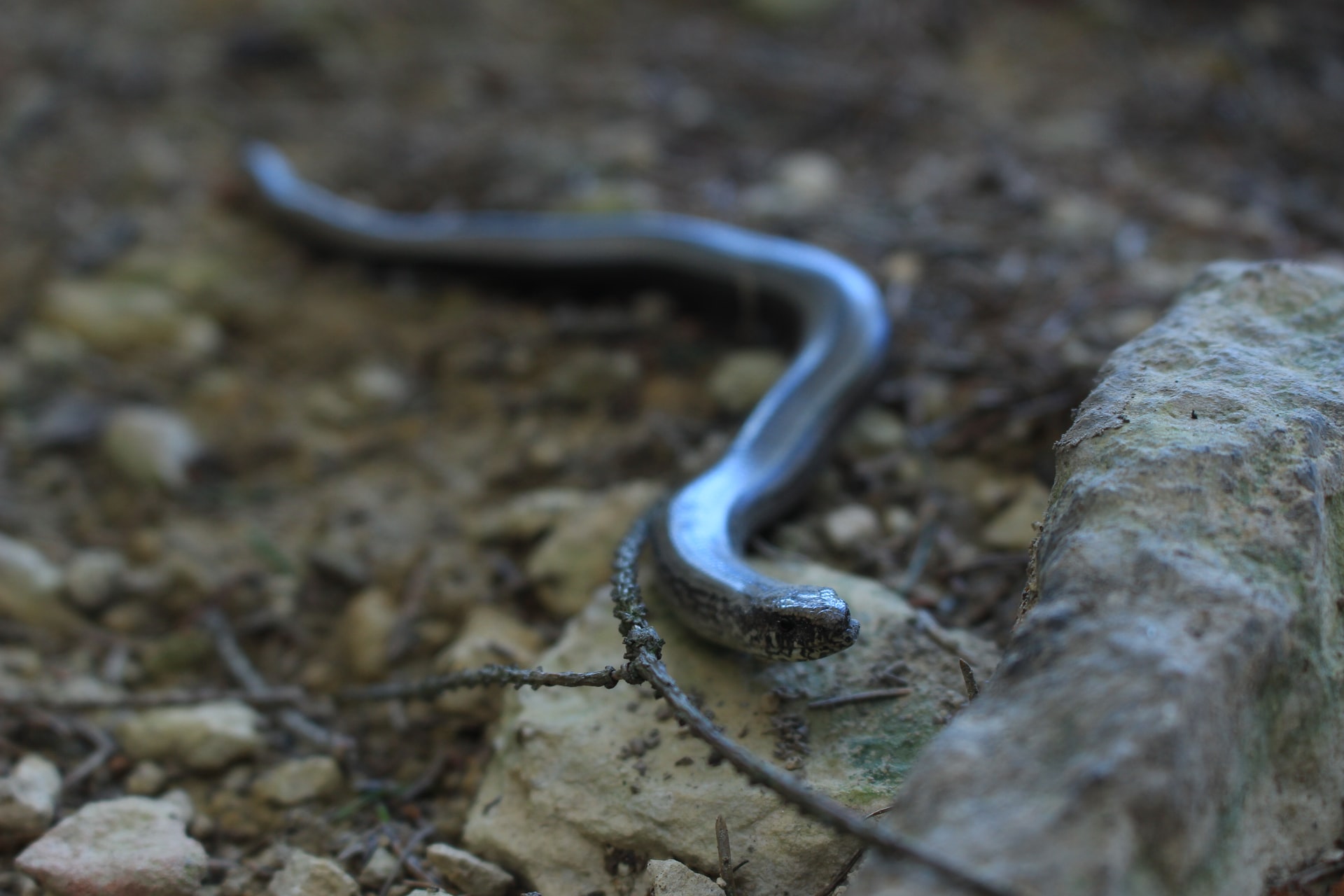

Where can I buy a ringneck snakes from? How much
Hi Steven, you can buy ringneck snake from these guys:
https://www.backwaterreptiles.com/snakes/ringneck-snake-for-sale.html
Ask them for the *on-boarding* option.
Hi. I’ve read that these snakes are social and live in colonies, as stared in your article. Therefore should i huy several as pets? If so, should the tank be 10 gallons per snake? Thank you.
Hi. I’ve been wanting to purchase a ringneck snake from backwater reptes. However in your article i see that they are social snakes. Should i buy more than one to keep them happy and if so would i need a tank of 10 gallons per snake or can that be adjusted?
Can, but me (William) won’t do that. I prefer each species one tank.
These snakes are NOT good for beginners as they are very difficult to get to eat, and can get stressed extremely easily. They also never breed in captivity, so unless someone has finally cracked the code, the one you are buying is wild caught. Also the babies cost $30-40, not $6. Adults pretty much always cost less, as they have less time with you until they die, and they’ve already been raised, sort of like adopting an adult dog from a shelter, but this dog has never seen a person before. As for food, it’s not as hard as described to get food for them, and you can just buy worms or crickets in bulk. Snakes cannot really “be trained” either. They can learn to tolerate people, but that’s about it.
And if your snake doesn’t eat when it’s feeding time, it’s not “to the vet!” because it is completely normal for a snake to miss a feeding and it is nothing to worry about; most snakes can go months at a time without eating. If they refuse to eat for a month straight, then you should take them to the vet. Anyway, back on topic; these snakes are not for beginners, and if you have never owned a snake before, do NOT get one of these.
Thank you Madeline for your feedback. I have updated price to 2023. I do agree that ringneck snakes are difficult to get to eat in captivity. However, if you purchase from pet store, where they well trained from hatches, that makes things easier. My honest!